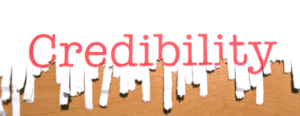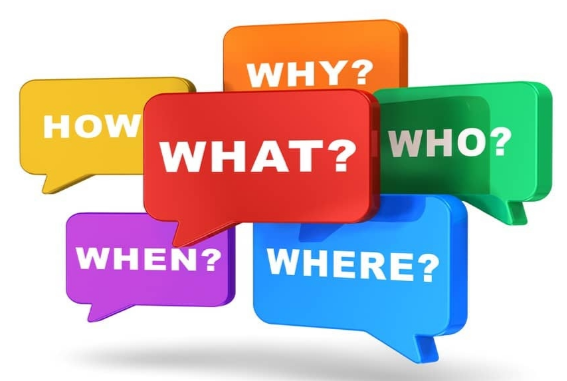Do you often have trouble with successful ideas? Like to generate ideas that can be helped by the Heath brothers persuasive techniques? Have you read the Heath brothers book ‘Made to Stick’? They certainly have some thoughts that may help.

A lie can get halfway around the world before the truth can even get its boots on.
Mark Twain
If you answered yes to these questions, you are not alone. People with important ideas-businessmen, educators, politicians, journalists, and others—struggle to make their ideas “stick.”
Why do some ideas thrive while others die? And how do we improve the chances of worthy ideas? In Made to Stick, Chip and Dan Heath tackle head-on these vexing questions.
When it comes to creating memorable content there are many ways to communicate on the web. You can tweet, you can write an article on your blog or you can use multimedia. This could be or include a video or an image.
Social media, like most marketing, is emotion-driven. People’s behavior (e.g., sharing your content or buying your product) is based on emotional responses. Your social media content should appeal to their hearts–not their heads. (You can—and should—appeal to their heads through quality content on your website or blog)
Infographics are popular and allow you to communicate using the best of the worlds of text and visual media.
Communicating ideas whether it is simple text on Twitter or rich multimedia on YouTube is powerful and sticky if you achieve two things.
Make ideas sticky (memorable)
Make content contagious (shareable)
The book “Made to Stick” provides 6 principles that explore the strategies and tactics to help make sure that your ideas are not forgotten in a global web of froth, fluff, and noise.
So how can you communicate ideas that are memorable and shareable on a social web that has 550 million competing websites?
Social media, like most marketing, is emotion-driven. People’s behavior (e.g., sharing your content or buying your product) is based on emotional responses. Your social media content should appeal to their hearts–not their heads. (You can—and should—appeal to their heads through quality content on your website or blog)

The 6 Principles of Sticky Ideas
Few ideas can manage to tick all the six boxes. If you can manage two or three of these principles then you are well on your way to succeeding as a communicator.
Let’s have a look at all of these principles:
Simplicity
I remember my one of my first bosses telling me that I used words that were too complicated. He was right. I now try to use words and phrases that are simple but memorable.
Words that deliver a message worthy of making you think and making you remember. That is a worthy objective, isn’t it? It is certainly my objective and should be all ours.
A quote from ‘Making it Stick’:
“Saying something short is not the mission—sound bites are not the ideal. Proverbs are the ideal. We must create ideas that are both simple and profound. The Golden Rule (Do unto others as you would have them do unto you) is the ultimate model of simplicity: a one-sentence statement so profound that an individual could spend a lifetime learning to follow it.”
Keeping it simple is achievable for all of us, we just need to keep reminding ourselves that not everyone knows what you do.
Related post: An Update to Starbucks Creative Ideas and Innovation
Persuasive techniques … unexpectedness
We often slip into communicating the same way day in and day out. Pretty boring and something that will rarely capture attention or create the impact we desire.
Grabbing attention and creating impact is much easier to achieve through the unexpected and surprising. Make that the objective of as much of your written and oral communications as you can.
A quote from ‘Making it Stick’:
“How do we get our audience to pay attention to our ideas, and how do we maintain their interest when we need time to get the ideas across? We need to violate people’s expectations”.
The best way to get people’s attention is to break their existing thought patterns as directly as possible.
They have an acronym for it: VUCA, which stands for Volatile, Uncertain, Complex, and Ambiguous. (I’d add another A, for Anxiety.)
Why are we living in a VUCA world? The main cause is acceleration. As our information moves faster, we move faster. We are communicating faster, working faster, innovating faster, and by some accounts even talking and walking faster than we did in previous decades. (No, it’s not your imagination, we’re actually walking 10% faster in cities than we did a decade ago.)
The upside of all this speed is that the benefits of new tech reach more people sooner. It took thirteen years to sequence the human genome for the first time. Now it takes a few hours, which is good news for patients waiting for life-saving genetic therapies.
The downside of all this speed is that it makes it tough to plan for the future. In the 20th Century, a fast-food chain could be certain there’d be a market for burgers in ten years.
Now, they can’t be sure if your burger will be vat-grown, meatless, or even on the menu by 2027.
We can’t make uncertainty go away. But we can change the way we react to it.
Good things take root when we are willing to look at areas of uncertainty, fully acknowledge them, and see them as opportunities to engage our imaginations and forge creative ways forward. Every uncertainty is also a new potential future.
When seen in this light, uncertainty doesn’t need to be a source of anxiety, but a signal that it’s time to get ready for the change.
Concreteness
When we communicate it can often be rather abstract. But life is not abstract, is it? Newspaper editors know this:
“If it bleeds it leads“.
They know they need to keep it real and eliminate the abstracts.
A quote from ‘Making it Stick’:
“Naturally sticky ideas are full of concrete images—ice-filled bathtubs, apples with razors—because our brains are wired to remember concrete data. In Proverbs, abstract truths are often encoded in concrete language: ‘A bird in the hand is worth two in the bush.”


